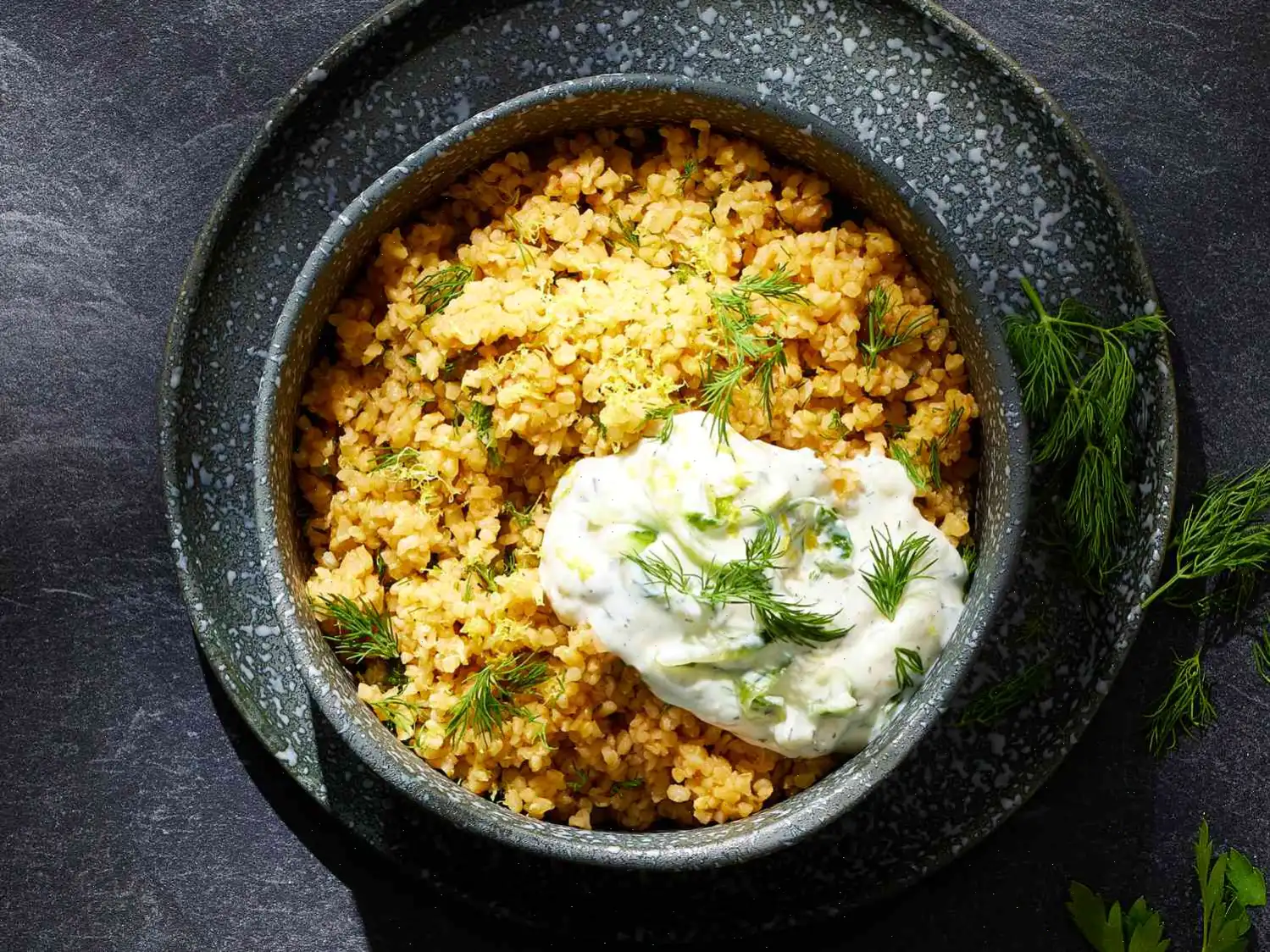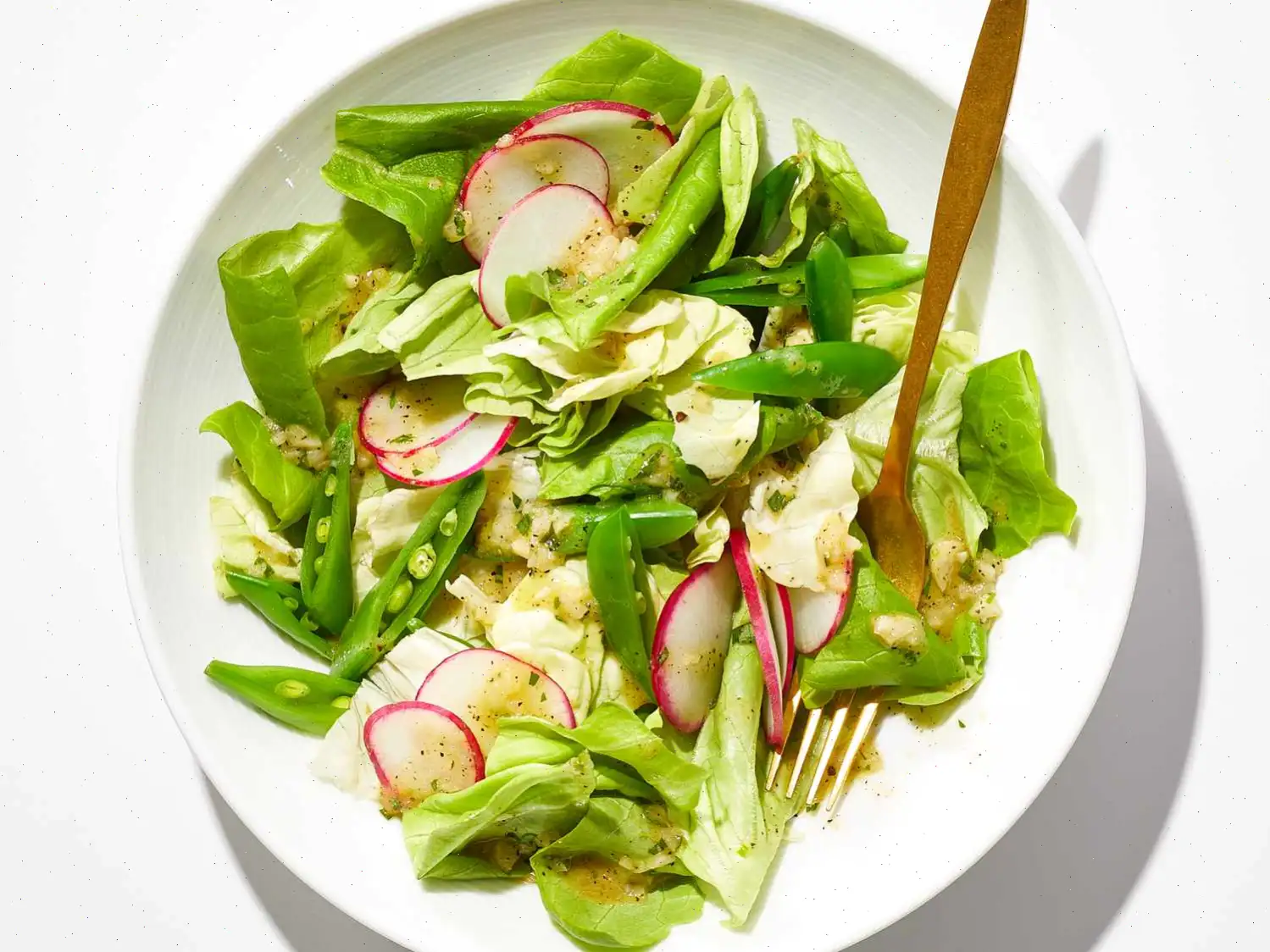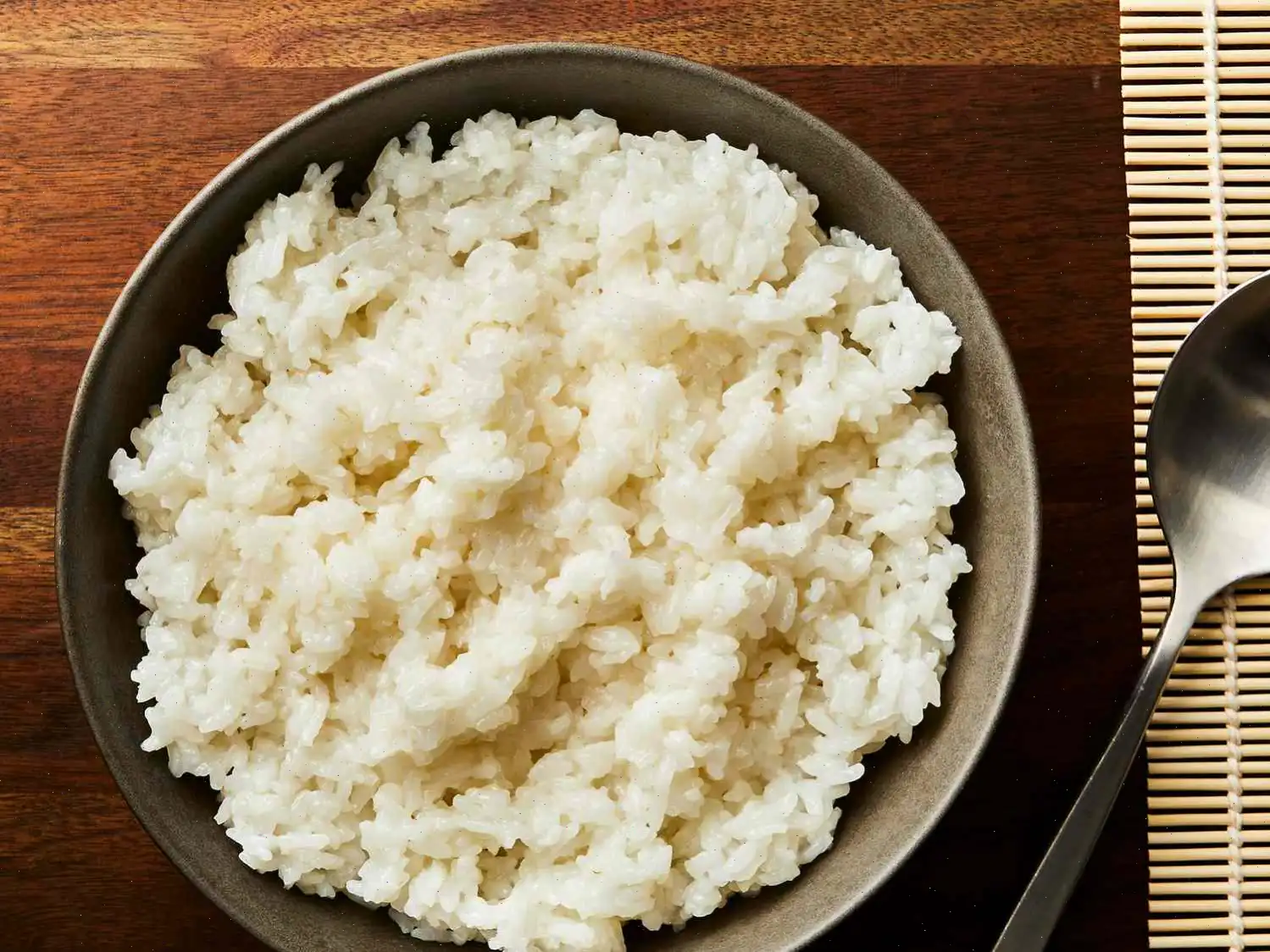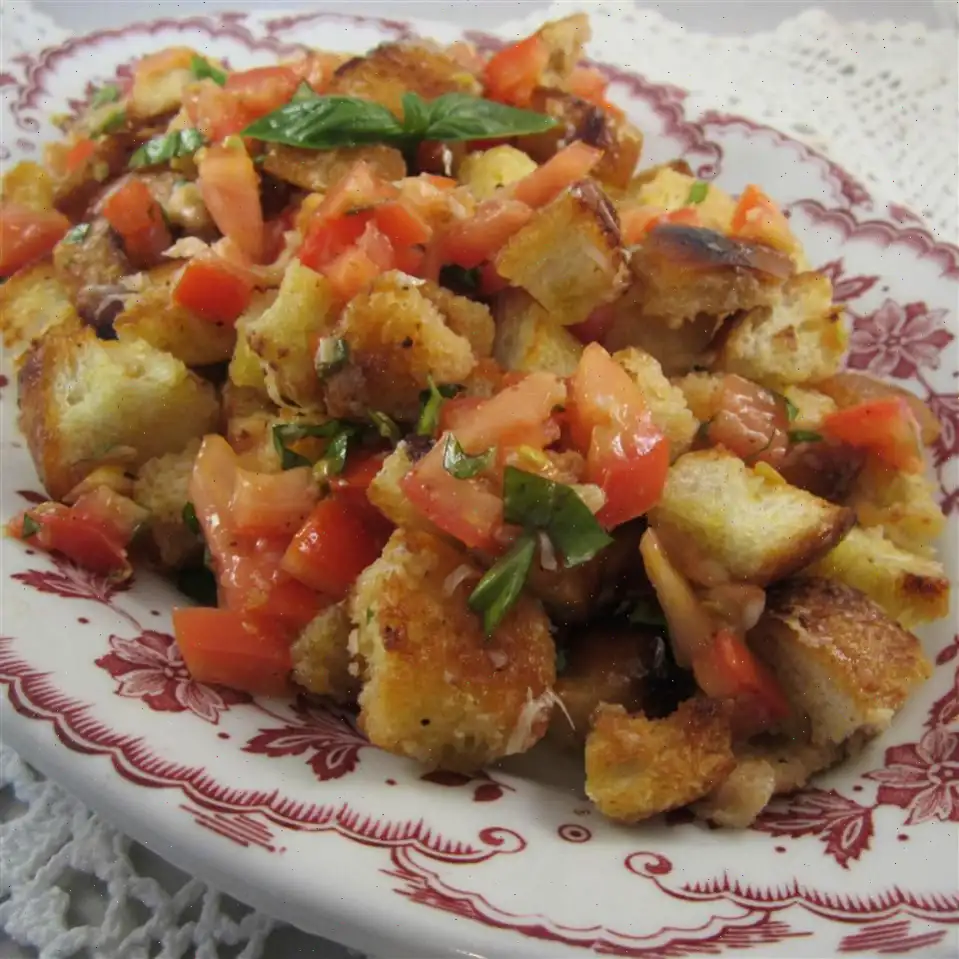
Lemony-Dill Bulgur Pilaf Recipe
Ingredients
This recipe was developed at its original yield. Ingredient amounts are automatically adjusted, but cooking times and steps remain unchanged. Note that not all recipes scale perfectly.
Original recipe (1X) yields 6 servings:
- 1 tablespoon olive oil
- 1 cup bulgur
- 2 cups low-sodium vegetable broth
- 3 cloves garlic, minced
- 1/4 teaspoon salt
- 1/4 teaspoon freshly ground black pepper
- 1/4 cup chopped fresh dill
- 1/2 teaspoon lemon zest
- 1 tablespoon lemon juice
- 1/2 cup tzatziki
Directions
- Heat olive oil in a medium saucepan over medium heat.
- Add bulgur to the pan and cook, stirring occasionally, until toasted, about 4 minutes.
- Stir in vegetable broth, garlic, salt, and black pepper. Bring the mixture to a boil over high heat.
- Once boiling, reduce the heat to low and cover the pan. Simmer until the bulgur is tender, about 10 minutes.
- Remove the saucepan from the heat and let it stand for 10 minutes. Drain any excess liquid.
- Stir in the fresh dill, lemon zest, and lemon juice.
- Spoon the tzatziki over the servings of bulgur and serve.
Cooks Note
For a different variation, try using farro with 3 cups of beef broth, orange zest, and parsley. Serve with harissa sauce. Alternatively, you can substitute quinoa with 2 cups of chicken broth, lime zest, and cilantro, and serve with pico de gallo.
Bulgur and quinoa take 10 to 15 minutes to cook, while farro requires a longer cook time of 40 to 60 minutes.
Nutrition Facts (per serving)
98 Calories
- 5g Fat
- 11g Carbs
- 4g Protein
Nutrition Facts
| Nutrient | Amount per Serving | % Daily Value |
|---|---|---|
| Total Fat | 5g | 6% |
| Saturated Fat | 1g | 5% |
| Cholesterol | 4mg | 1% |
| Sodium | 244mg | 11% |
| Total Carbohydrate | 11g | 4% |
| Dietary Fiber | 2g | 6% |
| Total Sugars | 2g | - |
| Protein | 4g | 8% |
| Vitamin C | 3mg | 4% |
| Calcium | 40mg | 3% |
| Iron | 1mg | 6% |
| Potassium | 170mg | 4% |
* Percent Daily Values are based on a 2,000 calorie diet. Your daily values may be higher or lower depending on your calorie needs.
** Nutrient information is not available for all ingredients. Amount is based on available nutrient data.
If you are following a medically restrictive diet, please consult your doctor or registered dietitian before preparing this recipe for personal consumption.

History and Origin
Bulgur pilaf has a rich history rooted in Middle Eastern and Mediterranean cuisines. The dish originates from ancient civilizations where bulgur, made from cracked wheat, was a staple food due to its accessibility and long shelf life. The addition of lemon and dill in this recipe gives the pilaf a refreshing and aromatic twist, combining the ancient traditions with modern flavors. The practice of using fresh herbs and citrus to enhance the flavor of grains is common across many cultures in the Mediterranean region, where bulgur is widely enjoyed as a hearty side dish or even as a main course.
Regional Variations
The concept of pilaf (or pilav) is common throughout the Middle East, Central Asia, and the Mediterranean. While bulgur pilaf is a favorite in countries like Turkey, Syria, and Lebanon, each region has its own variation. In some areas, the pilaf is prepared with lamb or beef, while others may add vegetables like tomatoes or eggplants. The Lemony-Dill Bulgur Pilaf recipe presented here focuses on simplicity and freshness, highlighting the bright flavors of lemon and dill, which are often used in Mediterranean and Eastern European cooking. This version can be seen as a lighter and more herbaceous variation compared to the richer, meat-based pilafs that are common in the region.
Distinct Features of Lemony-Dill Bulgur Pilaf
Unlike other pilafs that might incorporate heavy meats or spices, Lemony-Dill Bulgur Pilaf stands out for its clean and vibrant flavor profile. The combination of fresh dill, lemon zest, and lemon juice creates a refreshing, zesty contrast to the nutty flavor of the bulgur. This recipe focuses on light, aromatic ingredients, making it a perfect side dish for both vegetarian and meat-based meals. While pilafs made with rice or couscous are common in various regions, bulgur offers a whole grain option that is high in fiber and has a chewy texture that complements the citrus and herbs beautifully.
Where It Is Typically Served
Lemony-Dill Bulgur Pilaf is often served as a side dish in Mediterranean and Middle Eastern cuisine. It pairs exceptionally well with grilled meats, roasted vegetables, or as part of a meze spread. The dish is also popular in vegetarian and vegan meals, as the bulgur serves as a hearty base that is both satisfying and nutritious. The pilaf can be served at festive occasions, such as holidays and family gatherings, or as a light everyday dish. Its bright flavors make it an ideal accompaniment to dishes like lamb kebabs, falafel, or grilled fish, where the fresh herbs and citrus balance the richness of the main course.
Interesting Facts
Did you know that bulgur has been a part of the human diet for over 4,000 years? This ancient grain was a favorite of the Romans and Greeks, who used it in a variety of dishes. Due to its high nutritional value and long shelf life, bulgur became a staple in many cultures. Bulgur is also quick to cook, which makes it a practical option for busy households. Interestingly, bulgur is made by partially cooking wheat kernels, then cracking them into smaller pieces, which makes it one of the fastest grains to prepare. Additionally, dill, the herb used in this pilaf, is known for its digestive benefits, making this dish not only tasty but also good for gut health. Lemon zest is packed with vitamin C, which contributes to the immune-boosting properties of this refreshing pilaf.
You can listen to this recipe in AI audio format. Simply click the play button below to listen to the content in a format that suits you best. It’s a great way to absorb information on the go!
FAQ about Lemony-Dill Bulgur Pilaf Recipe
Comments
Brenda Carter
11/28/2022 09:03:33 AM
I absolutely loved the bulgur dish. It was truly special! The combination of flavors, especially the lemon and dill, was fantastic. Well done! Edit: My partner just tasted the bulgur and declared it the best she's ever had. According to her, this bulgur rules. Her exact words were "Rules."








